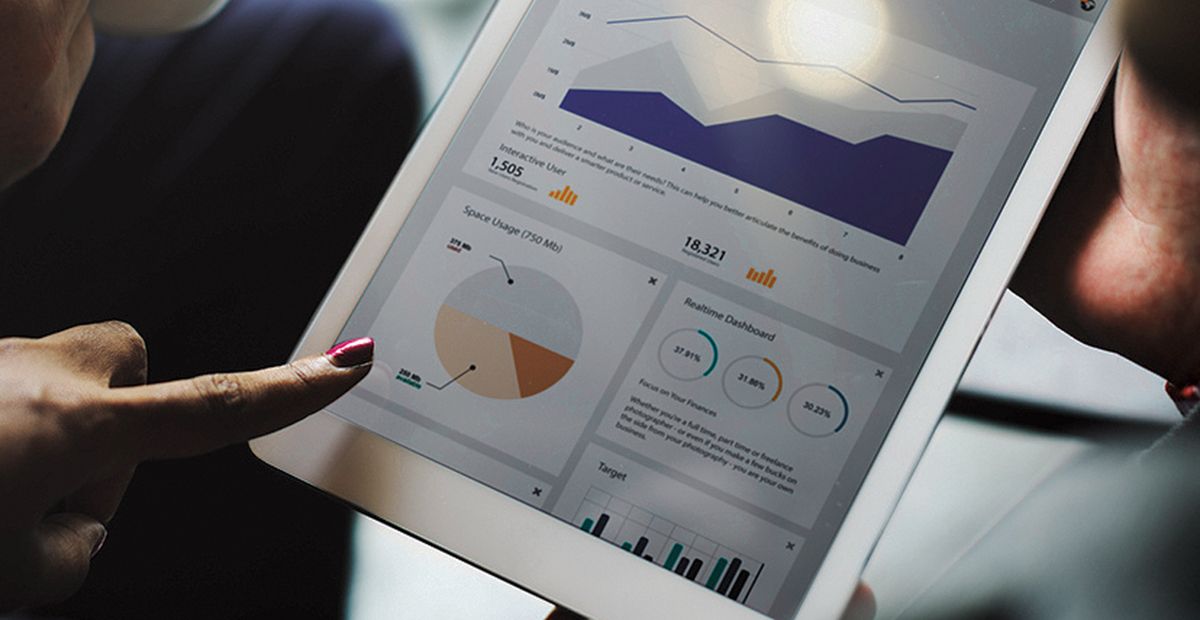Why Certified Connectors Are the Answer to Your BI and Analytics Needs

Data scientists and analysts want to use their favorite data visualization tools. The onus is on IT to be able to support their diverse BI needs. Yet supporting those needs involves several strategic connectivity decisions.
At the crux of many IT projects is the trade of time and resources. You can take on every project yourself, but that often takes up precious time and energy. And then there’s the reality that these this effort could also be spent on much more important tasks—the key projects that will move your business forward.
This is a challenge IT teams often face when it comes to enabling business intelligence and analytics for their organizations. Tools like Qlik, Tableau and Power BI have taken the digital business world by storm. They enable enterprises to turn big data into big insights—the kind of insights that allow them to make better decisions and drive more value.
In some cases, BI and analytics applications will embed connectors for various data sources. Power BI, for example, comes with connectors geared toward Azure and other Microsoft applications.
But what if you want to use Power BI with other applications and data sources? In this scenario (which will only grow more common as the business intelligence and analytics market continues to explode), you’ll need to build or provide your own connector.
Connect to Your Favorite BI Tools
Supporting Analytics with Custom-Built Connectors
In an effort to respond to the needs of their data scientists and analysts, some IT teams have been tasked with building tool-specific BI data connectors to integrate their data with various analytics tools. After all, you don’t want critical data to be locked out of these important business applications.
However, with big data comes big integration challenges. Building a connector is not easy—your users (or customers, if you’re an ISV) expect a highly performant connector that enables them to do everything want with their data. User experience is key—no one will be a happy with a connector that is slow or lacking in critical capabilities.
Beyond that, each tool that your users might use has unique capabilities and requirements. For example, a custom TDC file is the best way to tell Tableau what your connector can do, but there are nearly 200 different capabilities that can be customized in a TDC. So just one connector for one application begins to get very complex.
And it only gets more complicated from there. Building one connector for one application often isn’t enough—there could be many different tools trying to access your data, each using its own protocol. Excel may be using ODBC or OData; Tableau using ODBC or OData. Others yet may use JDBC. So, when data sources don’t support full SQL, BI tools can’t provide the full, rich data access that they’re designed for.
In the end, you might get all of this working for one or two tools. But inevitably, your users are going to come to you. And that’s when they say it. After all the hard work you put into designing the connector they asked for, they ask…
“Well, does it work for this other new tool that just came out?”
Cue the internal screaming and keyboard smashing.
Should You Buy for BI?
If it wasn’t clear already, the reality is that building your own connectivity becomes unsustainable at some point. The BI and analytics market is exploding, with new tools being released frequently. The time spent learning each new application and then building and maintaining connectors for each one will eventually be untenable, leaving IT teams to choose between supporting BI initiatives and other core objectives.
And even if it was possible to keep up, why would you want to? Certainly, your time and effort could be spent on more important (and enjoyable) tasks that give you a greater sense of personal achievement.
Fortunately, you have another option.
Going back to the never-ending battle of time vs. resources, you can always buy. This is ideal for organizations who want to focus more on their core competencies—whatever they are—and leave the data connectivity challenges to a specialist.
This is precisely why many organizations partner with Progress DataDirect to deliver certified connectors. These powerful BI connectors meet every industry standard, and have been tested and deployed both by ISVs and enterprises across the globe. We are the experts in data connectivity, so you can rely on us to help you pick the right strategy for your company. That’s why eight of the nine BI vendors partner with us.
If you’d like to learn more, we conducted a webinar that shows how and why Tableau uses Progress connectors to integrate its REST layer with ODBC data sources. This webinar also offers a live demonstration of the power of standards-based connectors, enabling enterprises to open up analytics to new sources of data.
You can also learn more about how to open up your data using a certified standard ODBC, JDBC or OData interface with popular visualization tools at the DataDirect website. There, you’ll find quick tutorials for Power BI and Tableau. You can also schedule a quick call with one of our experts so we discuss your company’s specific needs.

